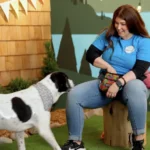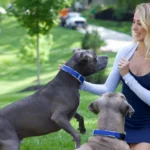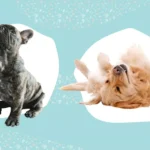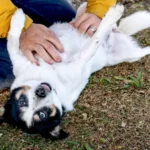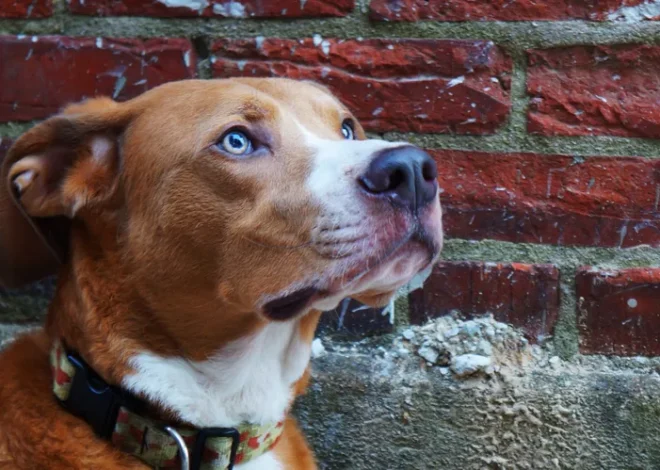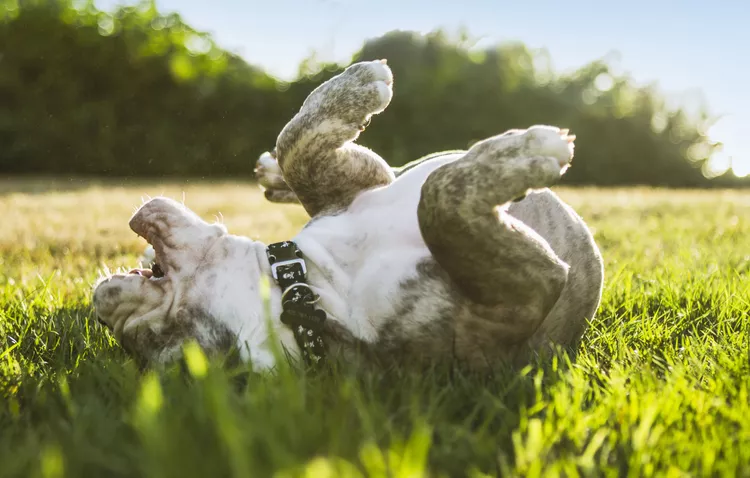
Why Do Dogs Roll on Their Backs? Decoding Canine Behavior

Dogs are masters of non-verbal communication, and one of their most intriguing behaviors is rolling onto their backs. Whether it’s during playtime, in the middle of a grassy yard, or during a social interaction, this fascinating canine gesture carries multiple meanings that might surprise even the most seasoned dog owners.
Understanding the Itch Factor
One of the most straightforward reasons dogs roll on their backs is surprisingly simple: they’re trying to scratch an unreachable itch. Just like humans who might contort themselves to reach a troublesome spot, dogs use this method to alleviate skin irritation. However, frequent back-rolling could signal something more serious.
When Itching Indicates Allergies
Persistent back-rolling accompanied by excessive paw licking might indicate an underlying allergy. Dogs can develop sensitivities to:
- Environmental allergens
- Food ingredients
- Flea infestations
- Seasonal changes
If your furry friend seems constantly uncomfortable, it’s crucial to consult with a professional dog trainer or veterinarian to identify and manage these allergic reactions.
A Submissive Communication Strategy
Rolling onto their back is also a powerful form of canine communication. In social settings, it can be a way of saying, “I’m not a threat.” This behavior is particularly common in:
- Interactions with unfamiliar dogs
- Meeting new people
- Playful scenarios with other canines
The Nuances of Canine Body Language
Understanding your dog’s body language goes beyond just back-rolling. It involves observing:
- Ear positions
- Tail movements
- Overall body tension
- Environmental context
The Scent Masking Mystery
Believe it or not, dogs sometimes roll on their backs to mask their own scent. This behavior stems from their ancestral hunting instincts. By rolling in strong-smelling substances, they can:
- Blend into their environment
- Potentially confuse prey
- Communicate with other pack members
When to Be Concerned
While back-rolling is typically harmless, persistent or extreme behavior might warrant professional attention. Consulting with a dog training expert can help you understand your dog’s specific needs and behaviors.
Read Also:
- Decoding Dog Lip Licking: Understanding Your Canine’s Silent Language
- The Fascinating Science Behind Canine Belly Rubs
- Top Products to Keep Your Dog Happy and Healthy
Expert Insights
Understanding why dogs roll on their backs requires patience, observation, and a willingness to learn. By paying attention to the context and frequency of this behavior, you can gain deeper insights into your furry companion’s emotional and physical well-being.
Disclaimer: Always consult with a veterinary professional for personalized advice regarding your dog’s health and behavior.


